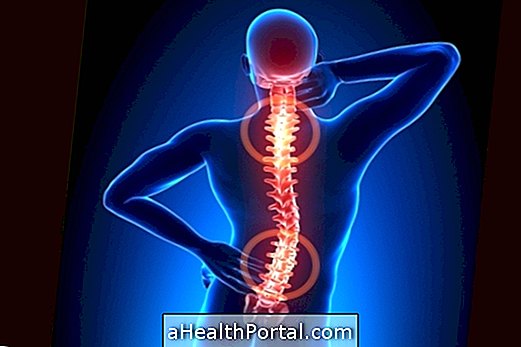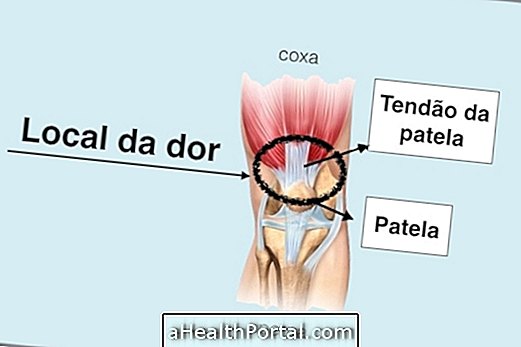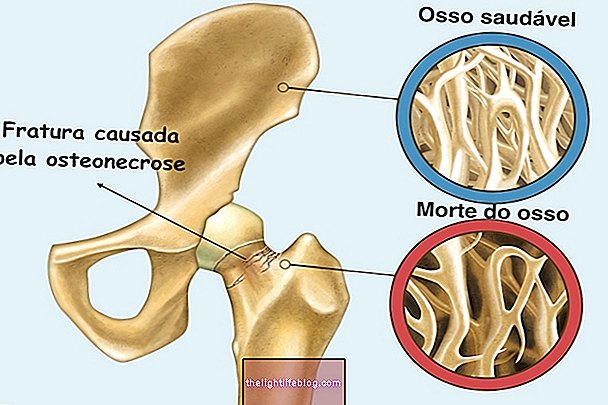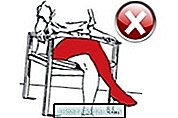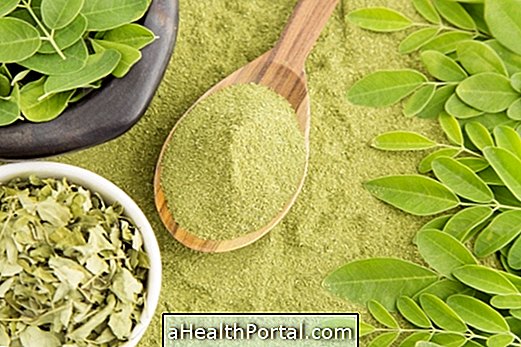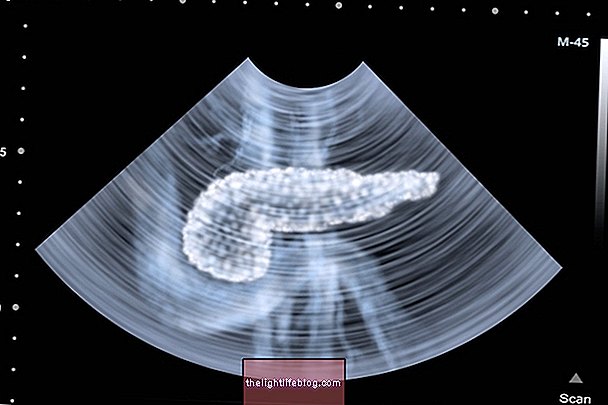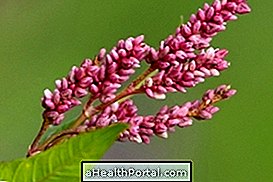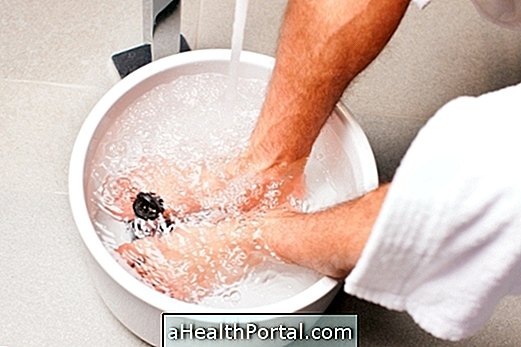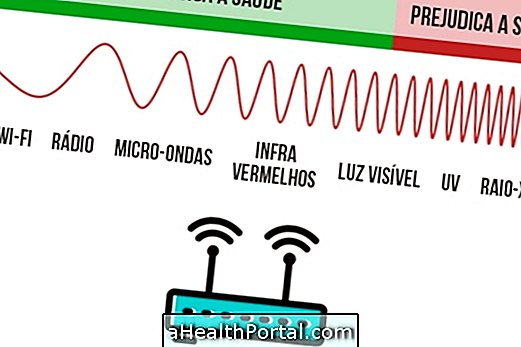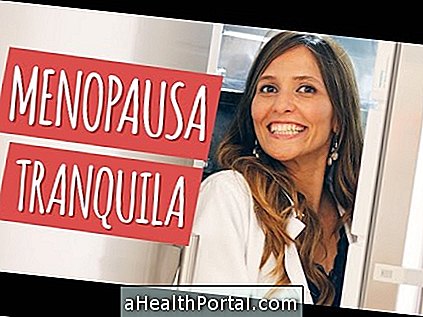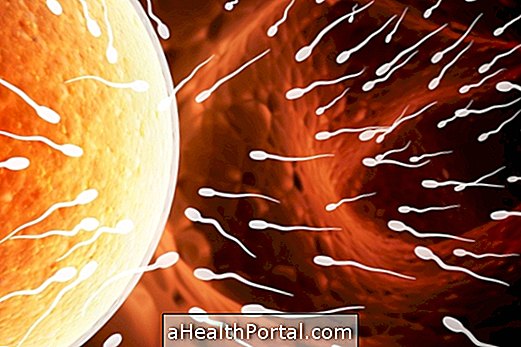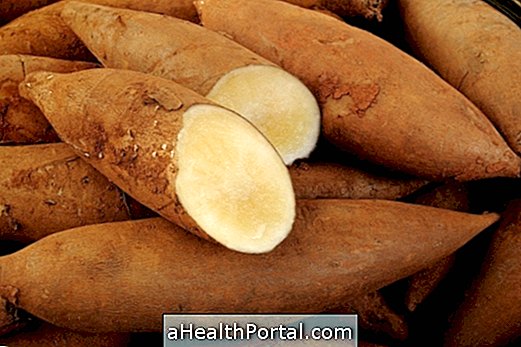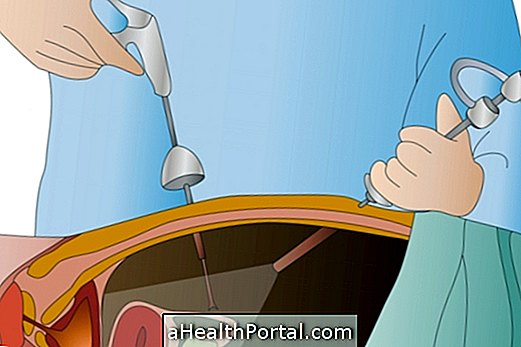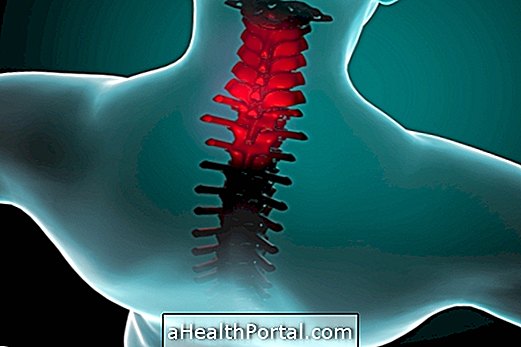Lumbar spondylarthrosis is arthrosis in the spine, which generates symptoms such as severe back pain, usually caused by joint wear. It does not always have a cure, but you can reduce the pain through the use of painkillers, physical therapy and regular exercise.
Some treatment options are surgery, in which all the bone structures and the intervertebral disc can be realigned. But since this is not always possible, and since most individuals with this type of impairment are elderly, healing is not always achieved and therefore becomes a chronic disease. Thus, it is advisable to invest in treatments that improve physical capacity and quality of life, such as physiotherapy and occupational therapy, for example.
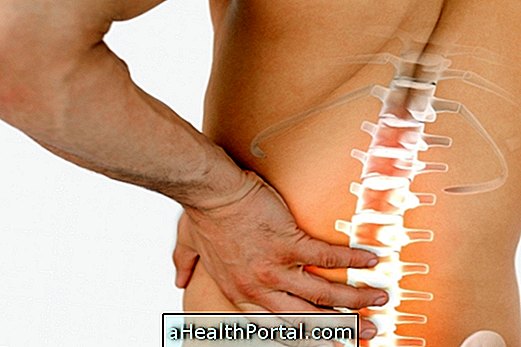
What causes arthrosis in the spine
Some of the possible causes of lumbar spondylarthrosis are trauma, such as falling sitting on the ground or an automobile accident, but it can also be caused by the natural wear and tear of the joint due to age, osteoporosis or family history.
Lumbar spondylarthrosis can be classified as:
- Discreet lumbar spondylarthrosis;
- Incipient lumbar spondylarthrosis;
- Lumbar spondylarthrosis with disc degeneration or
- Lumbar spondylarthrosis with osteophytes.
This classification is made according to the severity of the disease after performing imaging tests and is important because the treatment may vary from one to another.
Symptoms of lumbar spondylarthrosis
The symptoms can be:
- Pain in the lower back;
- Sensation of weight at the end of the back;
- Difficulty sitting or lying in the same position for a long time;
- Decreased strength in one or both legs;
- Feeling of burning or tingling in the back, in one or both legs.
These symptoms tend to worsen if the subject is sitting, lying down, or doing some physical exertion, and usually subsides by placing a bag of warm water in the area, letting it act for a few minutes.
The diagnosis can be made by the orthopedist based on the symptoms and performing tests such as X-ray and MRI that help identify the type and type of arthritis.
Treatment for lumbar spondylarthrosis
The most indicated treatment is daily physical therapy. If a significant improvement can not be achieved with physical therapy, surgery can be used to place a joint or disc prosthesis, or to remove osteophytes, which are a species of bone callus that form in the spine causing pain and discomfort.
In addition, it is important to:
- To lose weight, if the individual is overweight ideal;
- Avoid unnecessary efforts;
- Feed properly by giving preference to the consumption of anti-inflammatory foods such as ginger, pepper and saffron, and
- Do some type of physical activity such as walking, Pilates clinic or water aerobics, for example if there is no longer pain.
If the work that individual develops is one of the causes of lumbar spondylarthrosis, he should be away from work indefinitely and, depending on the case, may even retire.
Those who suffer from lumbar spondylarthrosis can benefit from physical exercise when pain is less disabling. But it is important that the physical educator or physiotherapist is aware of the type of injury that the individual has to indicate appropriate exercises that bring benefits and do not aggravate the injury.
Physiotherapy for lumbar spondylarthrosis

Physical therapy is always indicated and manages to decrease symptoms, improving the quality of life of the person but should be prescribed personally because there is a single treatment that can be followed by all. Some treatment options that may be indicated are:
1. Use of heat
The use of surface heat using a hot water bag helps to relax the more superficial muscles, increases blood circulation and consequently relieves pain. The thermal bag should be kept comfortably for 20 minutes, 2 times a day.
The deep heat can be done using appliances in the physiotherapy clinic and are helpful in fighting chronic inflammation. A good option is the short-wave device, especially suited for the elderly as it is more comfortable and brings relief of symptoms faster and longer lasting.
2. Electrotherapy
Electrical stimulation devices such as tens, ultrasound can be indicated in case of arthrosis in the spine because they aid in the analgesia and cicatrization of the injured tissues.
3. Kinesiotherapy
In kinesiotherapy stretching exercises can be used for the back and exercises for strengthening the abs. For the fight against back pain Clinical Pilates exercises are an excellent option and are indicated for when the person is pain free.
Initially the most indicated exercises are the contraction of the perineum and the transverse abdominal at the same time. Other exercises can then be introduced to strengthen the muscles and stabilize the spine, fighting back pain and avoiding its return. Check out some Pilates exercises for back pain by clicking here.
Hydrotherapy and RPG exercises are also excellent for treating low back pain but should be prescribed individually.
